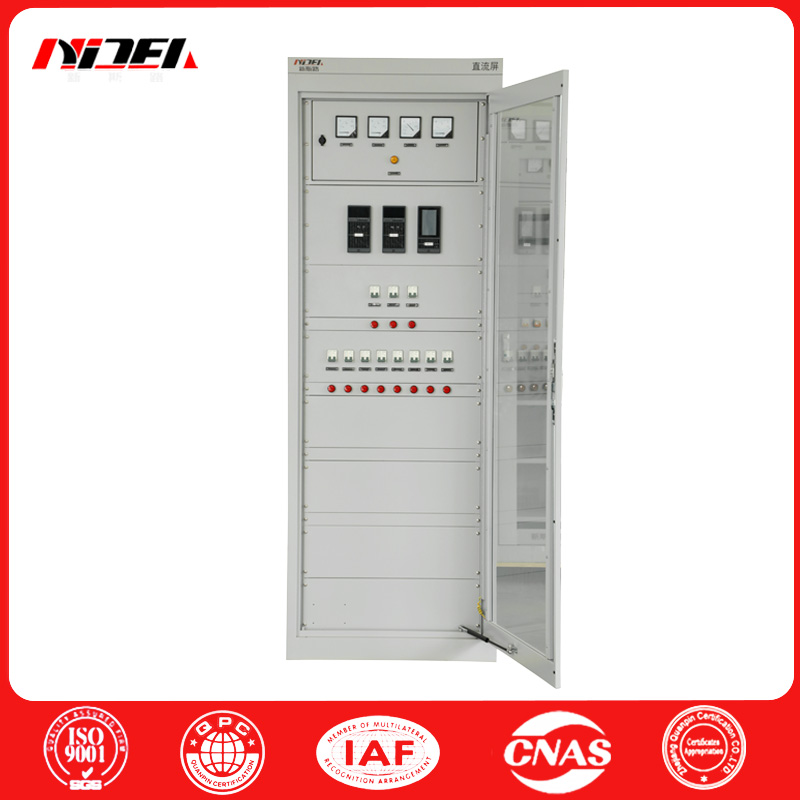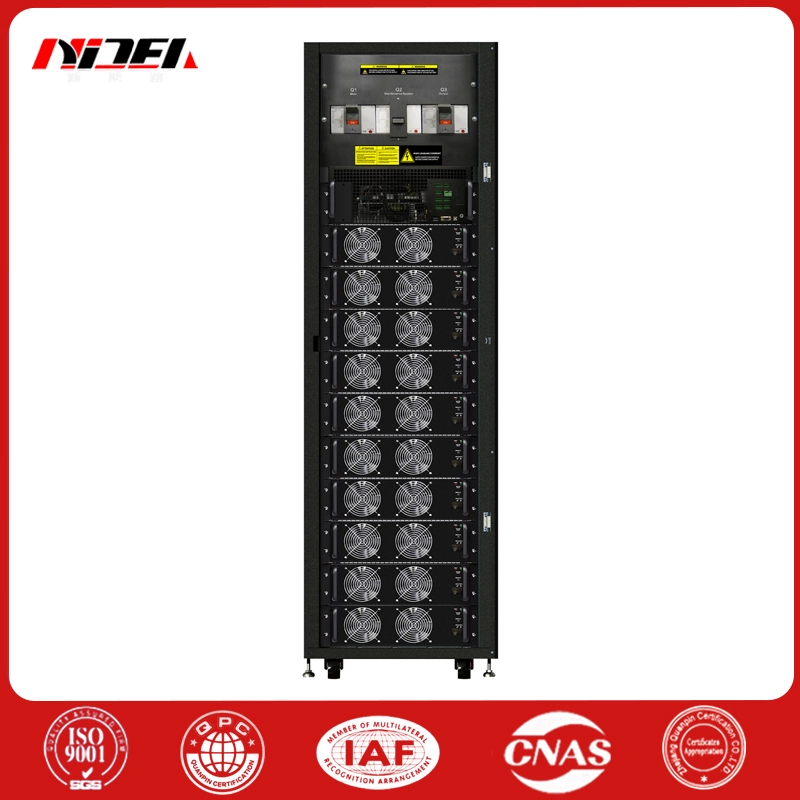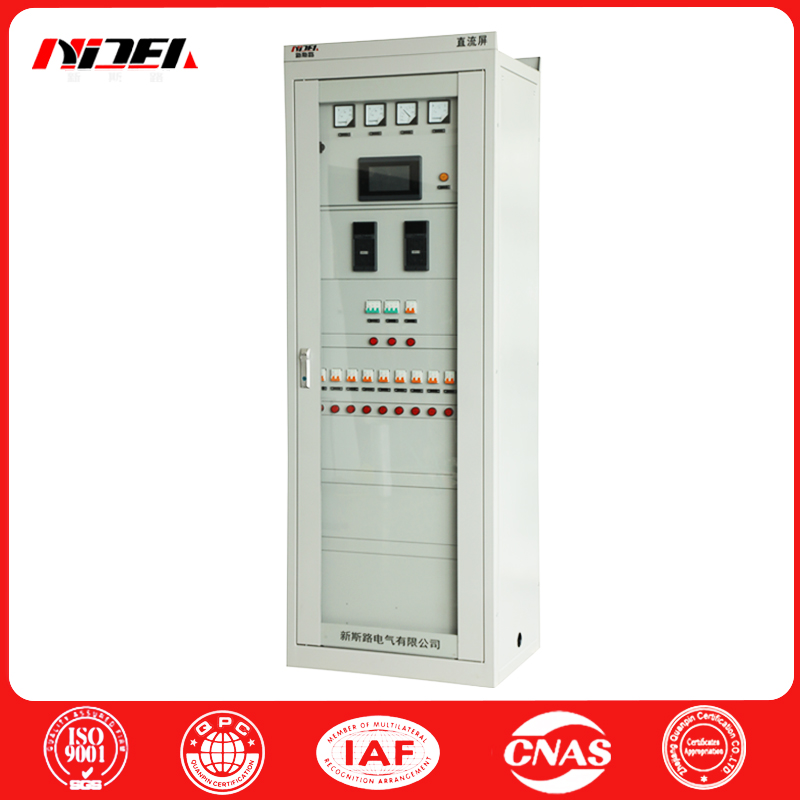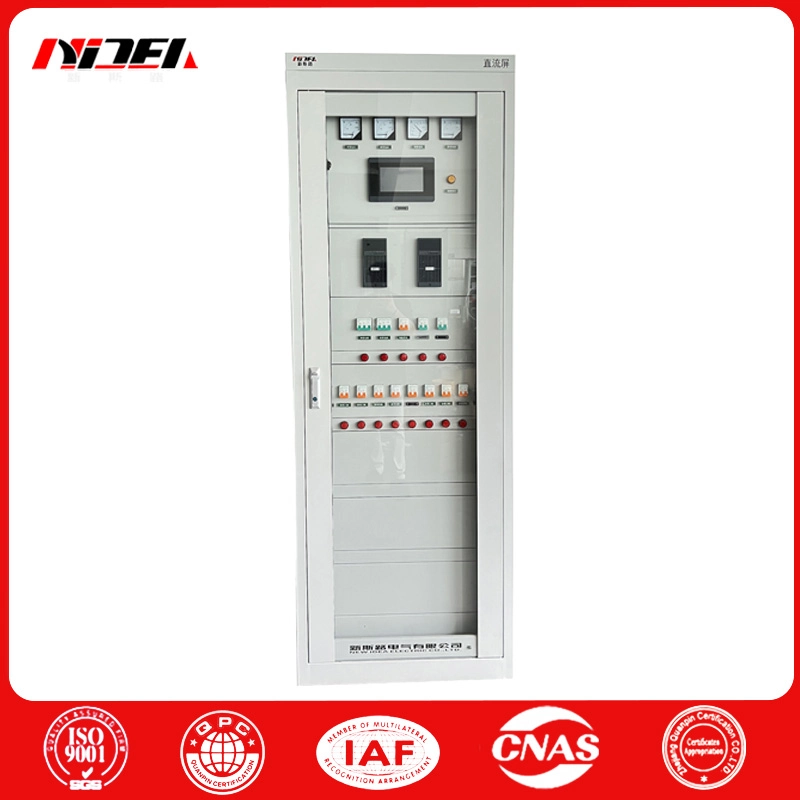Common problems of DC screen
The DC panel is an important device for providing stable DC power in the power system. It is widely used in substations, power plants, industrial enterprises and other places for control, protection and signal circuits. The following are frequently asked questions (FAQ) about the DC panel and detailed answers:
I. Basic concepts
1. What is a DC panel?
The DC panel is a complete set of equipment that converts AC power into stable DC power and can realize charging, discharging, monitoring and protection functions. It is mainly composed of rectifier modules, battery packs, monitoring systems, feeder switches, etc., and provides reliable DC power for the operating mechanism of high-voltage switches, relay protection devices, automation equipment, etc.
2. What is the core function of the DC panel?
Provide uninterruptible power supply: When the AC power supply is interrupted, the battery pack is discharged immediately to ensure the normal operation of the DC load (such as circuit breaker operation, protection device) and avoid the expansion of power system accidents.
Stable voltage output: The AC power is rectified into DC power through the rectifier module, and the output voltage is stabilized to meet the voltage requirements of different loads (commonly 110V or 220V).
Monitoring and protection: Real-time monitoring of battery status, output voltage and current, AC input and other parameters, automatically alarm or switch operating mode when abnormalities occur (such as switching to battery power when AC power is lost).
II. Structure and components
1. What are the main components of the DC panel?
Rectifier module: Converts AC power to DC power. It is the core power conversion component of the DC panel. It usually adopts modular design and supports N+1 redundant backup.
Battery pack: Energy storage device that provides power when AC power is off. The common type is valve-controlled sealed lead-acid battery (VRLA).
Monitoring unit: Realizes monitoring of various parameters of the DC panel (such as voltage, current, battery status), alarm and remote communication (such as RS485, Ethernet).
Feeder unit: Includes DC circuit breakers, fuses, etc., used to distribute DC power to different load circuits and provide short circuit and overload protection.
Charging module: Provides charging current for the battery pack and automatically adjusts the charging mode (such as constant current, constant voltage) according to the battery status.
2. What is the role of the battery pack in the DC panel?
The battery pack is the "backup power supply" of the DC panel. When the AC input is normal, the rectifier module supplies power and charges the battery at the same time; when the AC is interrupted, the battery discharges immediately to ensure continuous power supply to the load. Its capacity needs to be calculated based on the load power and backup time (such as "10-hour rate capacity" means the capacity of the battery discharged at a specific current for 10 hours).
III. Operation and maintenance
1. What parameters should be paid attention to in the daily inspection of the DC panel?
AC input: Is the voltage normal (such as 380V±10%), is there any phase loss, overvoltage/undervoltage.
DC output: Is the voltage stable (such as 110V system usually maintained at 115-121V, 220V system maintained at 230-242V), and is the current within a reasonable range.
Battery status: single cell voltage (normal voltage of 12V battery is usually 12.5-13.0V), temperature (avoid exceeding 35℃), whether there is bulging or leakage.
Module status: whether the rectifier module is operating normally (indicator status), whether there is overload or fault alarm.
Alarm information: whether the monitoring unit displays abnormal alarm (such as AC power failure, battery undervoltage, module failure).
2. What are the maintenance points of the battery?
Regular verification of charge and discharge: It is recommended to perform it once a year, deep discharge to 50%-80% of the rated capacity and then recharge it to activate the battery activity and avoid plate sulfidation.
Keep clean: regularly clean the dust on the battery surface and check whether the connection terminals are loose or corroded (you can apply vaseline to prevent rust).
Environmental control: the temperature of the battery room needs to be controlled at 20-25℃, avoid high temperature (high temperature will shorten the life) or low temperature (low temperature will reduce the capacity).
Replacement cycle: The life of a valve-regulated battery is usually 5-8 years. If the voltage difference between individual cells is too large (more than 0.2V) or the capacity decays to less than 80% of the rated value, it needs to be replaced in time.

- Why Choose High Frequency Series UPS for Next-Level Power Protection?
- How Does a Communication Power Enhance Modern Network Reliability?
- What Are Circuit Breakers?
- How do Distributed Operating Power Supplies Address Power Supply Pain Points of Decentralized Equipment Across Key Fields?
- Can DC Operating Power Systems Reduce Your Operational Costs
- How do DC Operating Power Supply Systems Support Stable Equipment Operation in Power, Industrial, Data Center and Rail Transit Sectors?













